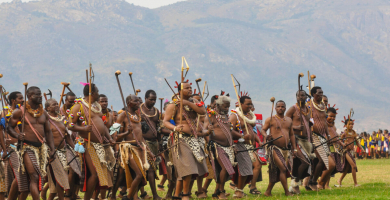Top 8 Malian Culture, Customs, and Etiquette
Mali may be one of the world’s poorest countries today, but was one of Africa’s mightiest empires in its glory days. The Malian people are justifiably proud of ... read more...their country’s history and diverse cultures able to peacefully interact with each other. From traditional festivals, dances, and ceremonies to unique customs, Mali deserves a place for those who are curious about African culture in general and African peoples and tribes in particular. Here's your guide to Malian Culture, Customs, and Etiquette before you visit it.
-
One of Malian culture, customs, and etiquette that you should know is definitely communication style. Malians tend to favor a mostly indirect style of communication. It's best to always start a conversation by going through a healthy dose of small talk by asking about the well-being of each other’s family members and friends before getting to the reason behind the conversation. People will often communicate through other people so that a message arrives indirectly at its destination.
In Malian culture, elders are highly respected. It is very rude to interrupt elders when they are speaking and one should never ever contradict them, even if they are completely wrong. Greetings are also an important part of Malian culture, and it is considered impolite not to greet another person. There are many proverbs used in discussions, e.g. “A piece of wood that stays in water will never become a crocodile.” “Slowly but surely the little bird builds his nest.” It's good to learn a few as well as the basic greetings in the local language.
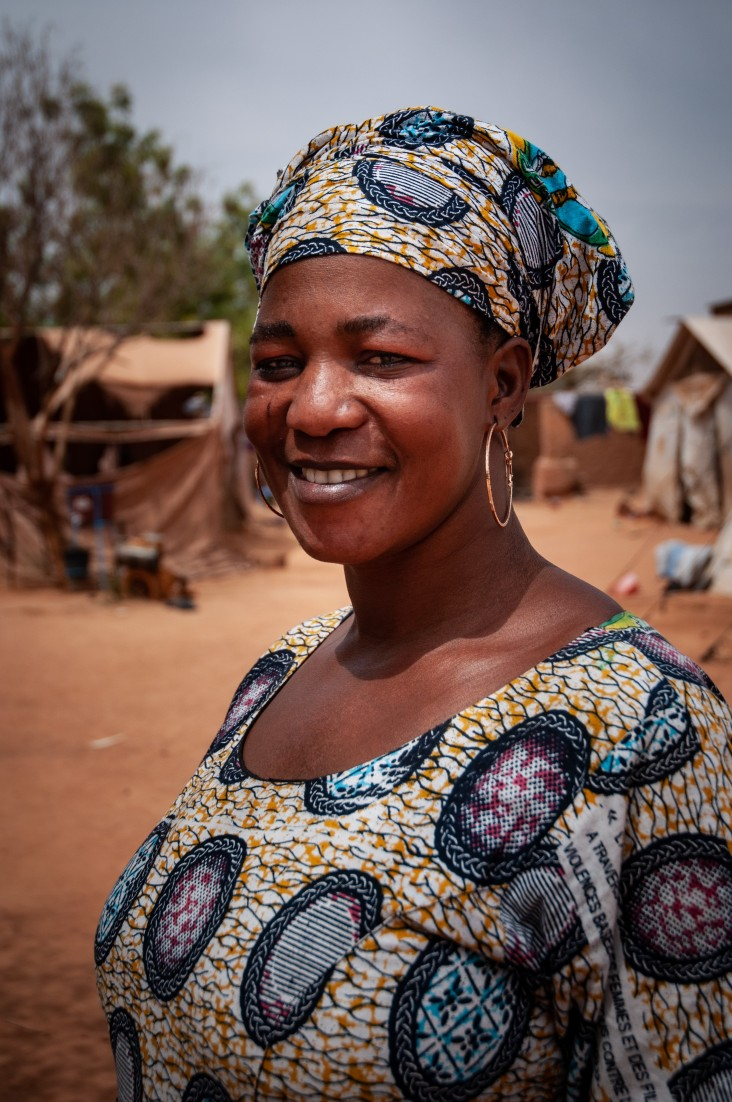
usaid.gov 
righttoplayusa.org -
Touching and Eye Contact is also noticed in Malian culture, customs, and etiquette. The amount of personal space depends on the closeness of the relationship. The closer friends or family you are, the less space will be between you. An arm's length or a bit less is common. Despite the conservative culture (90% of the country subscribes to Islam) touching is normal during the conversation. Oftentimes, when something is funny, said or a good point is made, a high-five-like hand grasp is normal. Touching is especially normal between women, such as a hand on the arm. Men normally hold hands with other men while walking. This is a sign of friendship. There is less touching and more space when talking between genders.
Besides, Malians tend to prefer indirect eye contact over direct. Friends usually look each other in the eyes but when speaking with elders, religious leaders, a boss, or members of a high social class, it is polite to look down and away instead of making direct eye contact. Overly direct eye contact is viewed as rude and possibly a threat.
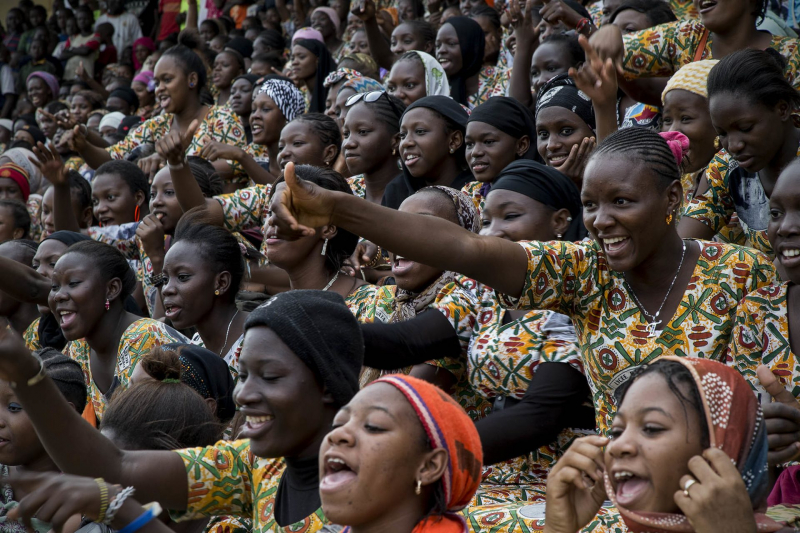
ideas4development.org 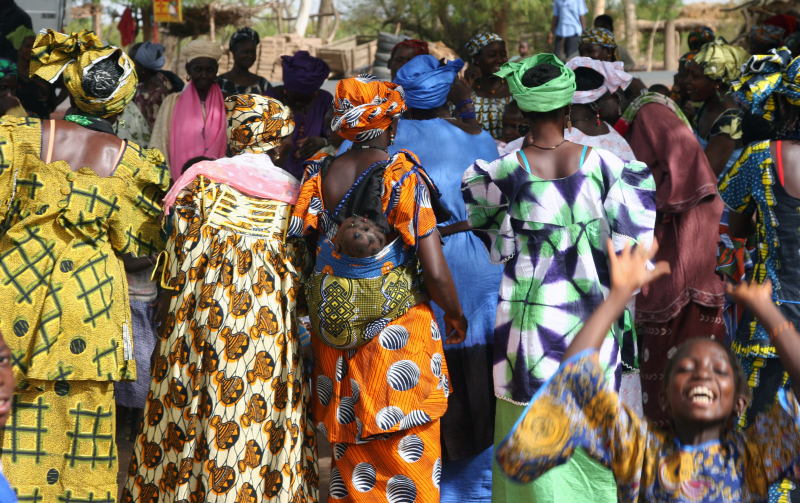
en.wikipedia.org -
In Mali, wedding is an important part, it involves various important customs and celebrations spread out over a number of days. Usually, the groom and the bride do not personally know the attendees that come to the wedding festivity, because Malian families tend to be very big due to polygamy. Thus weddings are a perfect occasion for all the extended family members of the couple to come for the big day. Before the actual wedding takes place there is a pre-wedding henna ceremony only for women. Where local henna designers apply henna for the bride, and the other women present at the ceremony.
In Mali, religious marriage is considered as the most important form since about 90 percent of Malians are Muslim. This form of marriage is usually taking place in a mosque. In Islam weddings, both the groom and bride have to give their consent to get wedded to each other willingly. Before the wedding ceremony, cola nuts are distributed amongst the women's families to symbolize the engagement of the couple and to inform her family members of the initial engagement. During this ceremony, both the men and women remain separate from each other, while an imam officiates the marriage.
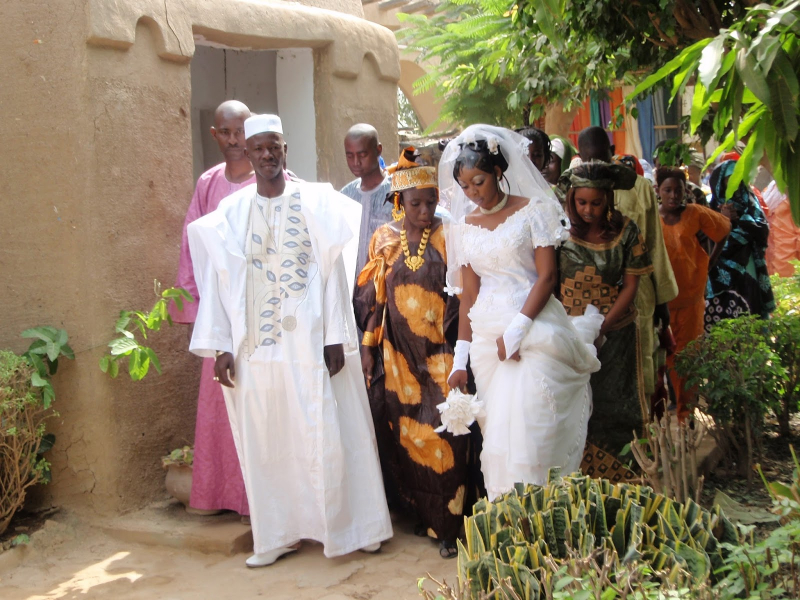
allcollorss.blogspot.com 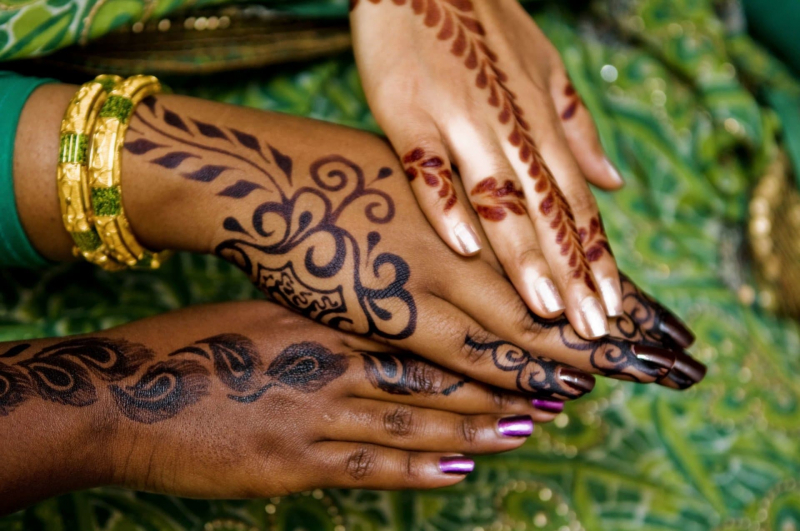
vjosabimariees.com -
Malians live in remote villages, sheltered by the steep cliffs that stretch 125 miles parallel to the Niger River. The environment is particularly harsh, and Malian farmers struggle to provide food for their families in this dry terrain. A successful harvest is therefore a time of celebration and the giving of thanks. Each year, on December 21, the solstice marks the beginning of winter in the Northern Hemisphere, the half of the earth that lies above the equator. Malian people celebrate a plentiful harvest during the winter solstice with a ceremony called "goru."
The word goru is defined as humidity, richness, and abundance, all of which are seen by the Malian as blessings from the spiritual world. In order to show gratitude to the ancestors and to Amma the Creator, the head of a lineage offers pieces of goat and sheep meat as sacrifices to the family altar. These offerings are dramatically presented in the aduno koro, the monumental container that evokes the mythic “ark of the world.”
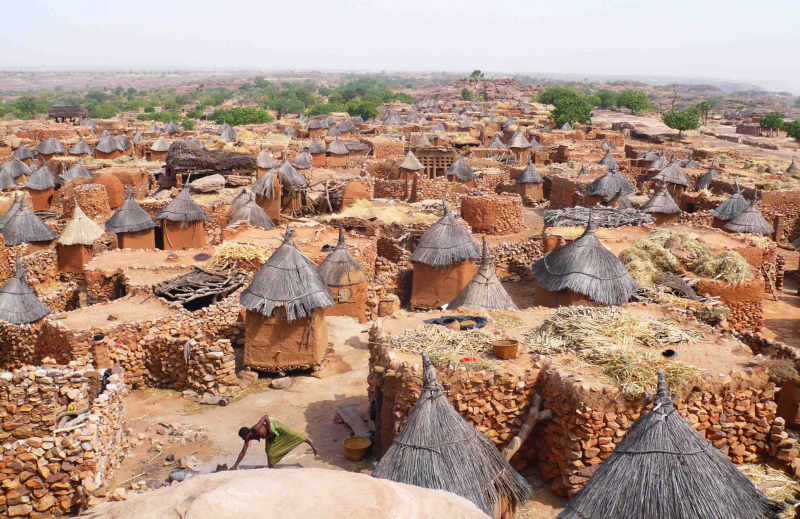
stargazersclubwa.com.au 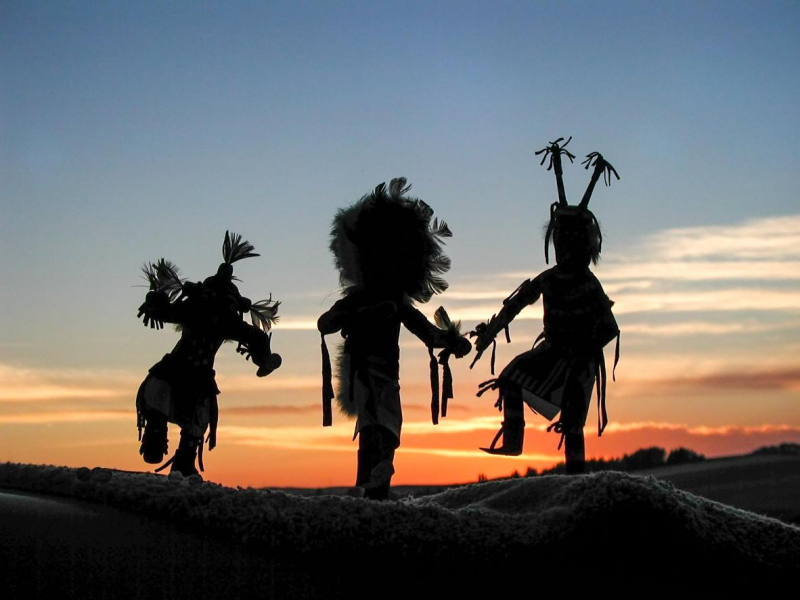
twitter.com -
Ntomo and Korè are two important and obligatory rituals of Malian. And it also is one of Malian culture, customs, and etiquette that you should know. It marks the maturity of a man through 2 stages. Both the initiation ceremonies in Mali were held in a sacred space in the jungle. In the early stages of life, boys 3 - 10 years old must undergo the obligatory Ntomo (circumcision) ceremony, marking the first step in the process of adulthood. Ntomo is considered an indispensable ritual for a man's later life, especially the role of maintaining the Malian race.
The second ritual is Korè, for the age group 11-18. The person who receives the ceremony must live in the forest for a few weeks, under the supervision of an experienced senior who is adept at everything. They are taught to endure all oppression and insults; receive instruction on herbs, and sex; understand the obligations to the elders and to the ancestors. Only after completing the Korè ceremony can they truly grow up, start a family and officially participate in community activities.
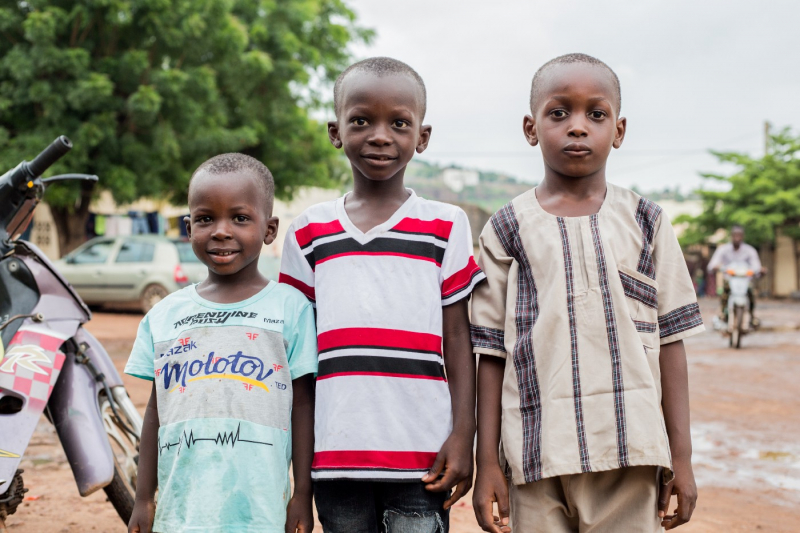
healthpolicyplus.medium.com 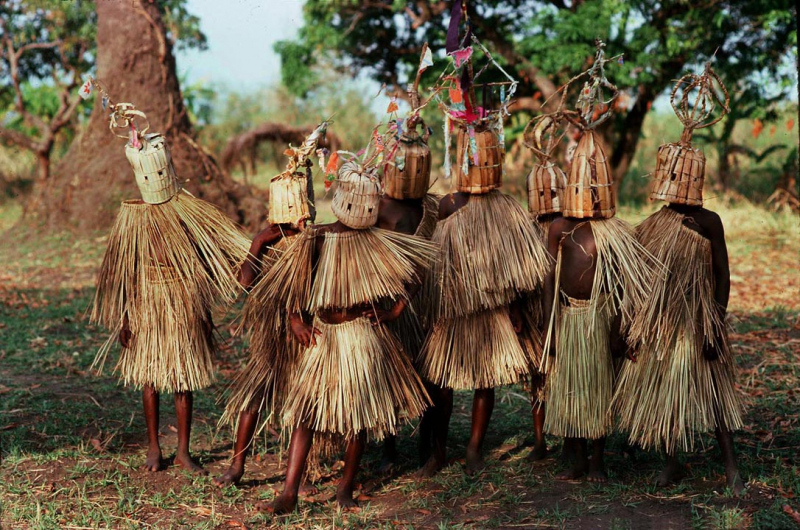
songlines.co.uk -
Bògòlanfini or bogolan is a handmade Malian cotton fabric traditionally dyed with fermented mud. It has an important place in traditional Malian culture and has, more recently, become a symbol of Malian cultural identity. The cloth is being exported worldwide for use in fashion, fine art, and decoration. Traditionally, bògòlanfini production was done by men weaving the cloth and women dyeing it. On narrow looms, strips of cotton fabric about 15 centimeters wide are woven and stitched into cloths about 1 by 5 meters long.
In traditional Malian culture, bògòlanfini is worn by hunters, serving as camouflage, ritual protection, and as a badge of status. Women are wrapped in bògòlanfini after their initiation into adulthood (which includes genital cutting) and immediately after childbirth, as the cloth is believed to have the power to absorb the dangerous forces released under such circumstances. Bògòlanfini patterns are rich in cultural significance, referring to historical events (such as a famous battle between a Malian warrior and the French), crocodiles (significant in Bambara mythology), or other objects, mythological concepts, or proverbs. Since about 1980, Bògòlanfini has become a symbol of Malian cultural identity and is being promoted as such by the Malian government.
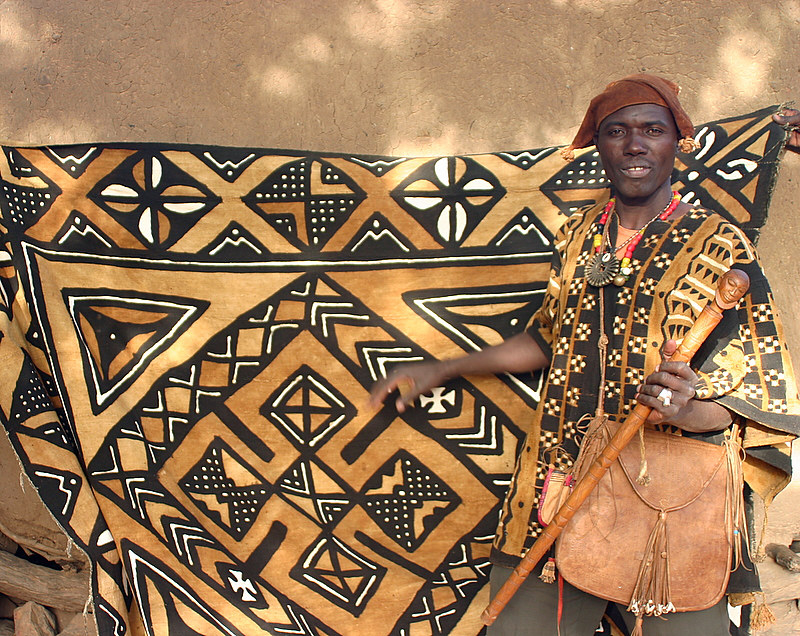
crosspolynations.com 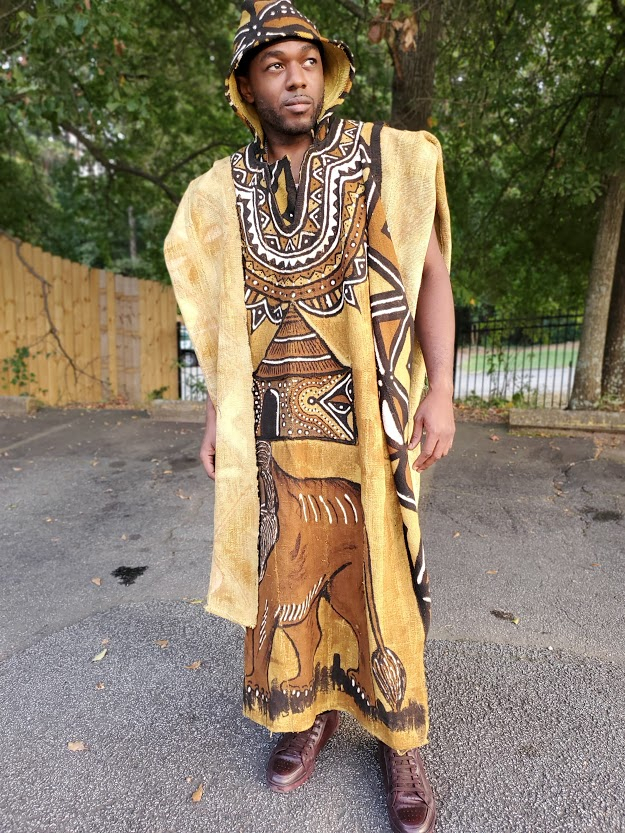
dupsies.com -
The Niger River means many things to people in Mali. And one of the Malian culture, customs, and etiquette related to this river is the Cattle Crossing. This is a festival that happens every year in Diafarabé when the Fulani people celebrate the return of their young men and the cattle they've been herding on grazing lands across the river. The boys' cattle are then judged, and prizes are given. Girls in Diafarabé look forward to the festival for another reason. It's their chance to see their boyfriends again.
For the boys, the crossing can be a nerve-wracking time. When the animals come back, they are driven into a large open space at one end of the town where there is a panel that judges them to decide whose animals are fat, in other words, whose animals have been best cared for. If your animals have judged the best-kept herd you're the winner, and the community gives you prizes: a special blanket, a robe, and many other gifts. The last word in the judging is always with the vet. The boy with the worst-kept herd is given a peanut, which is quite a shameful thing.
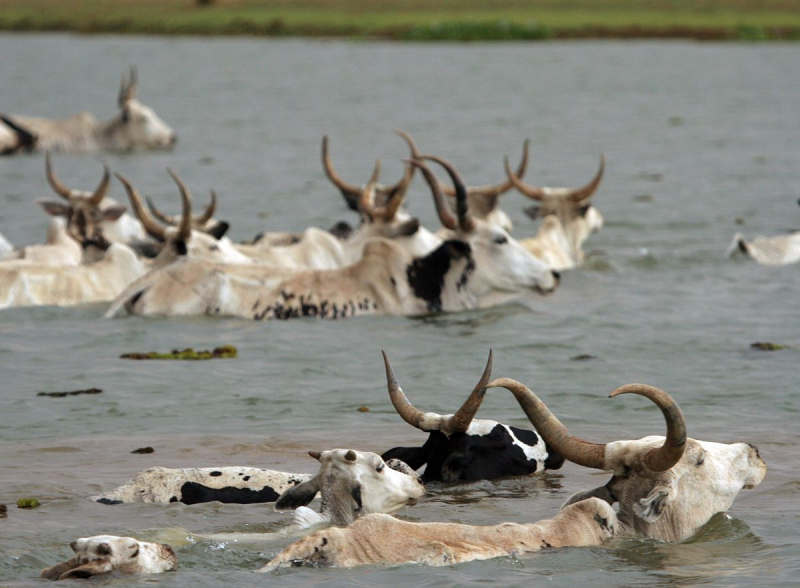
en.wikipedia.org 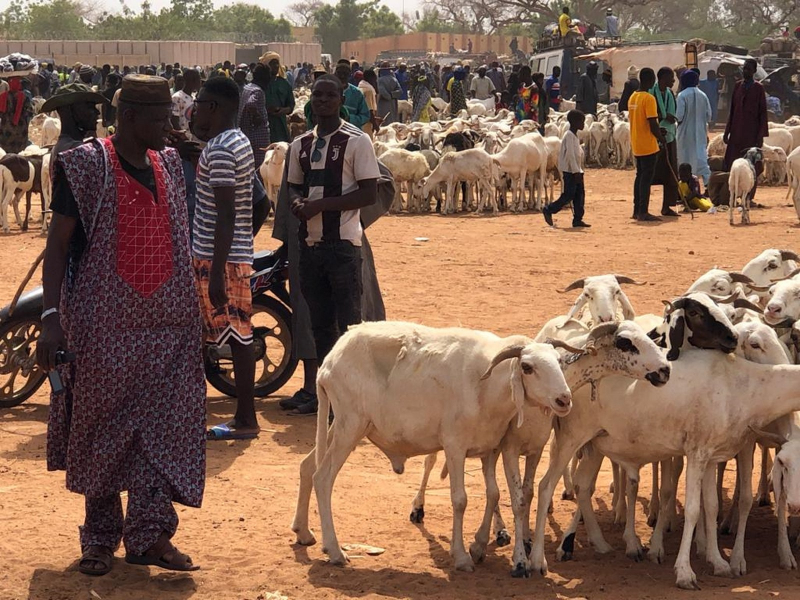
commonpastures.org -
People throughout the globe try to make sense of their world through a variety of methods meant to tap into an unseen sphere, whether through the Chinese I Ching, European tarot cards, or Inca spider divination. African divination frequently has the same recourse: using a random method to tap into the order of the spiritual world in order to determine problems’ causes and cures. And Malians are not an exception, it is definitely among Malian culture, customs, and etiquette that may interest you. This is an example of silent animals in divination.
People live in villages set along the plateaus and against the high cliffs of central Mali. At dusk, diviners prepare complex grids of symbols in the sands at the edge of the village; corn kernels are scattered over the diviner’s diagram. At dawn the next morning, diviners return to read the patterns of the fox’s paw prints for the oracle’s answers to their questions. Fox divination of Malian occurs neither during the day nor at night, and neither in the village nor in the bush.
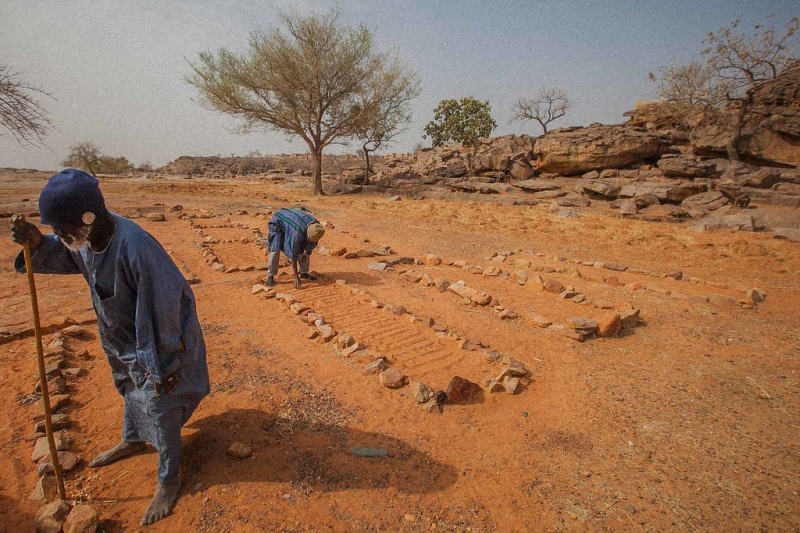
flickr.com 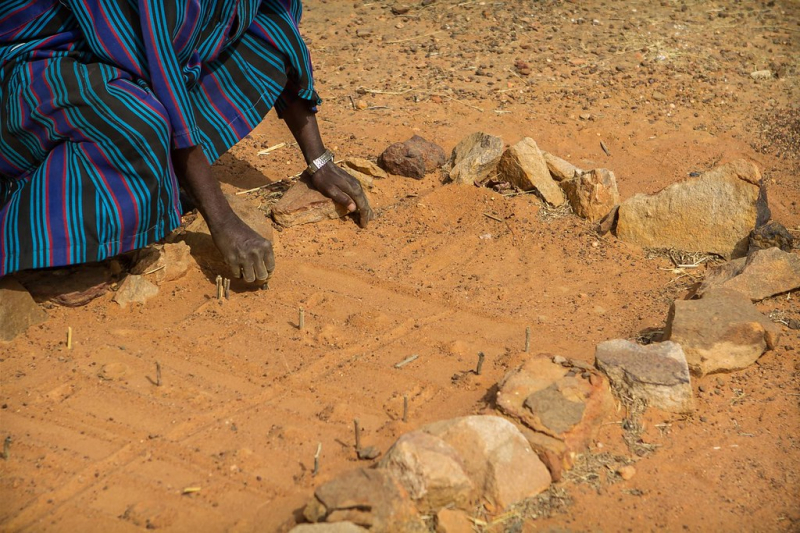
flickr.com




























